
Sancai (tri-color glazed pottery) is the ceramic ware that best represents the grandeur of the Tang Dynasty and its prosperous culture in the prime period. After the pottery-making industry thrived in the Han Dynasty, artisans in Luoyang, the Eastern Capital, used the clay made from the rocks and soil of the local mountains to shape a great variety of figures, animals, and utensils. They applied colored glazes and put them into the kiln for firing. During the firing process, the glaze surface soaked and flowed, and various colored glazes blended with each other, forming mottled and gorgeous colors. If you have the opportunity to appreciate the Tang Sancai artworks that integrate sculpture, painting, and ceramic art, you will see the serene male servants, plump female figurines, sturdy horses, and camels with their necks raised. The bold and unconstrained shapes, the naturally revealed expressions, the incredibly magnificent glazes, and the vivid sense of beauty all reflect the high standard of colored pottery art and the magnificent and luxurious social life of the Tang Dynasty. As a unique art treasure, Tang Sancai was buried as funerary objects in the tombs of high-ranking officials and nobles, thus being preserved. In the following years, the Central Plains region fell into a long period of turmoil, and the production techniques of Tang Sancai were lost and disappeared.

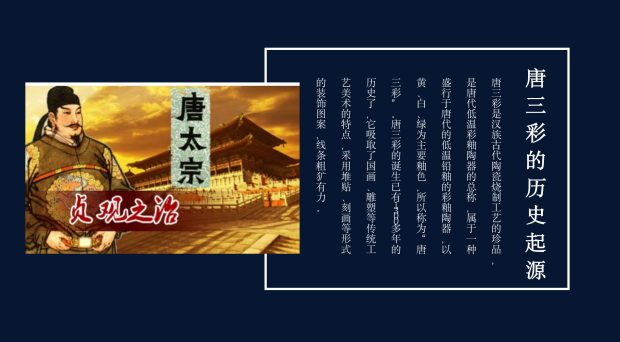
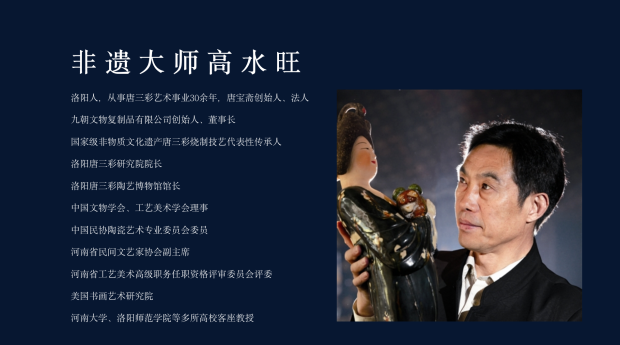
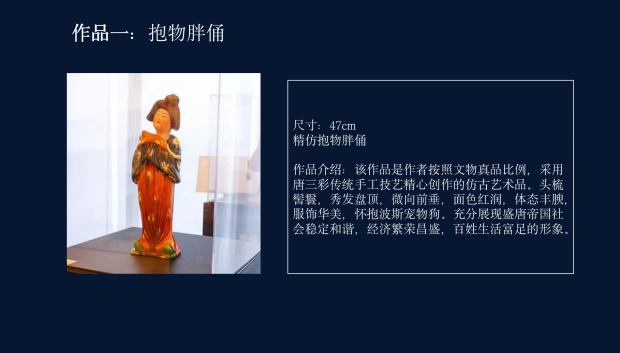
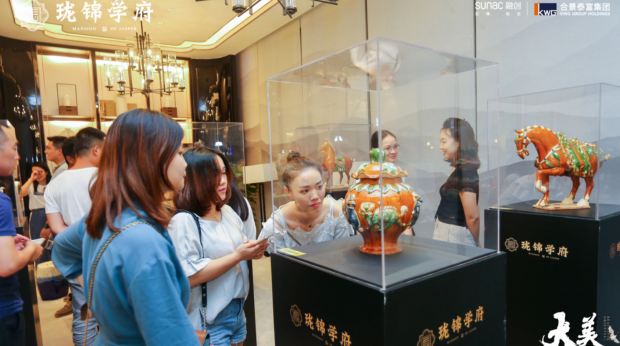

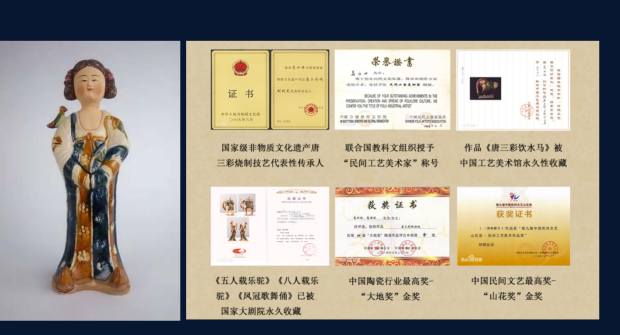
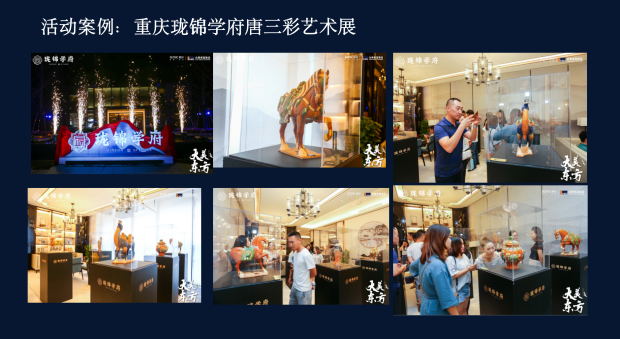


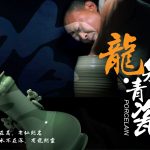








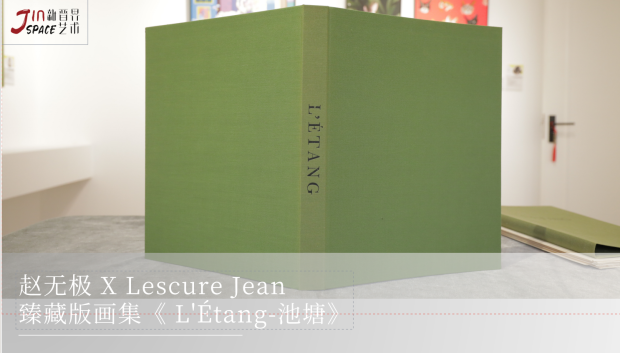

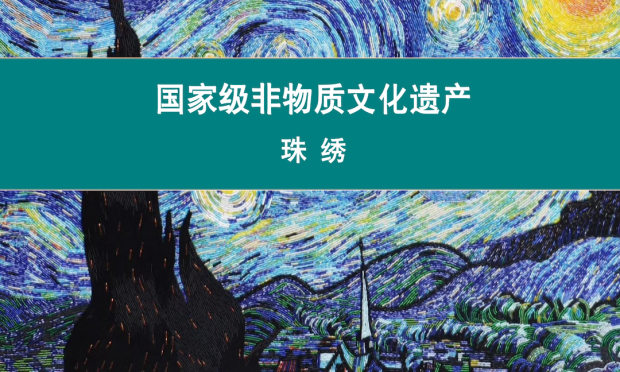



Be the first to leave a comment